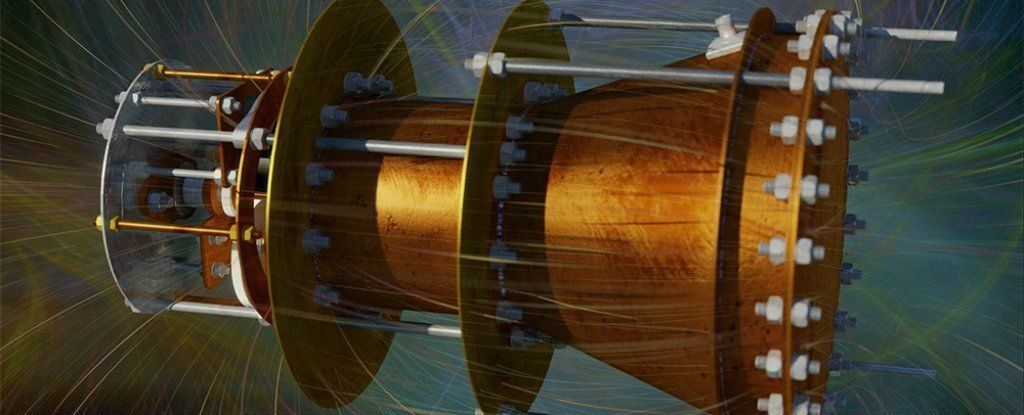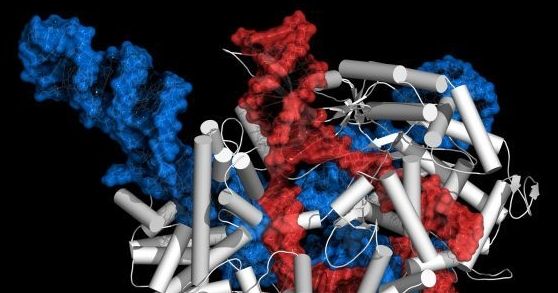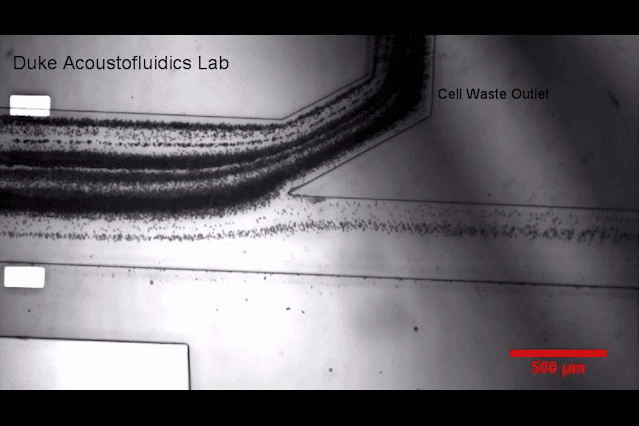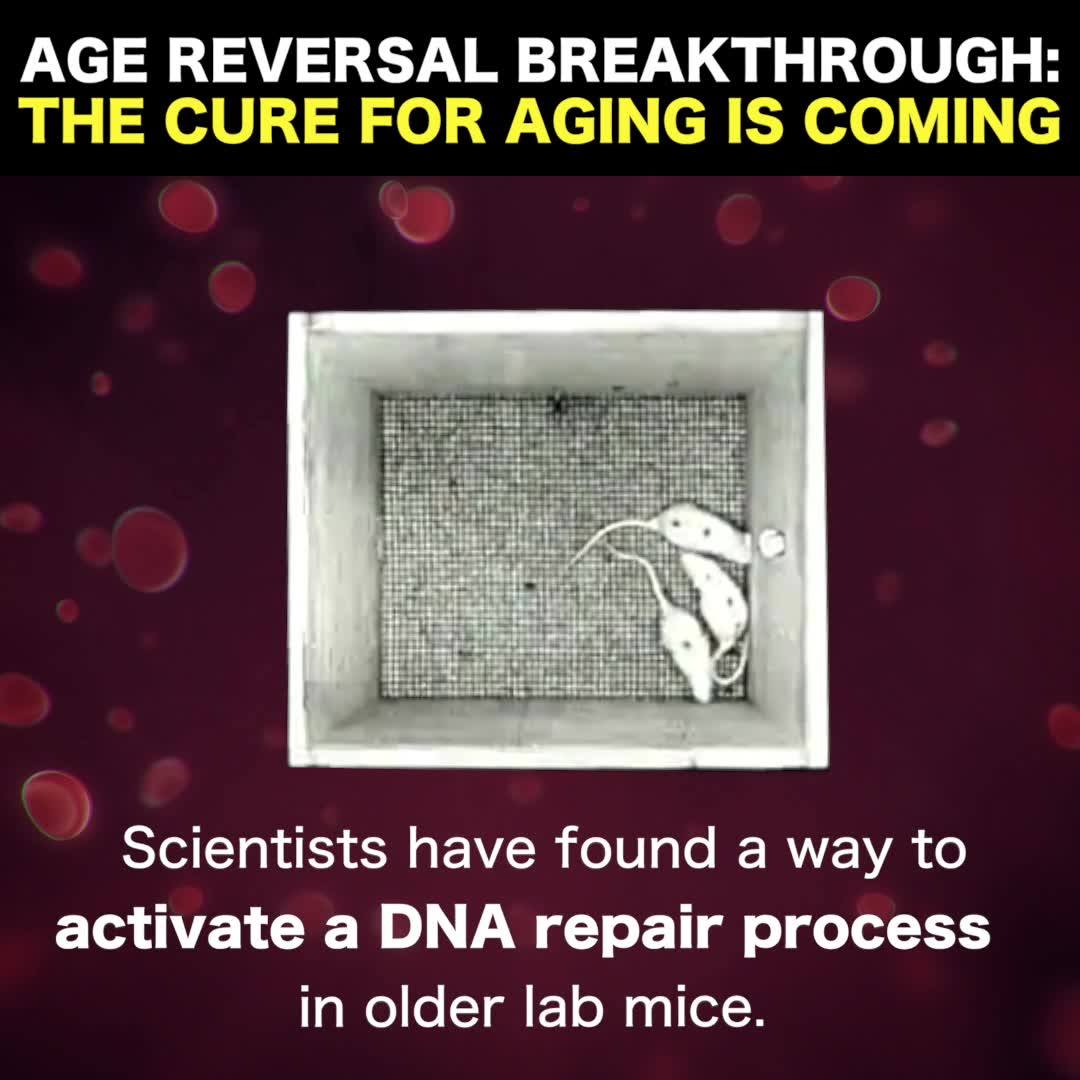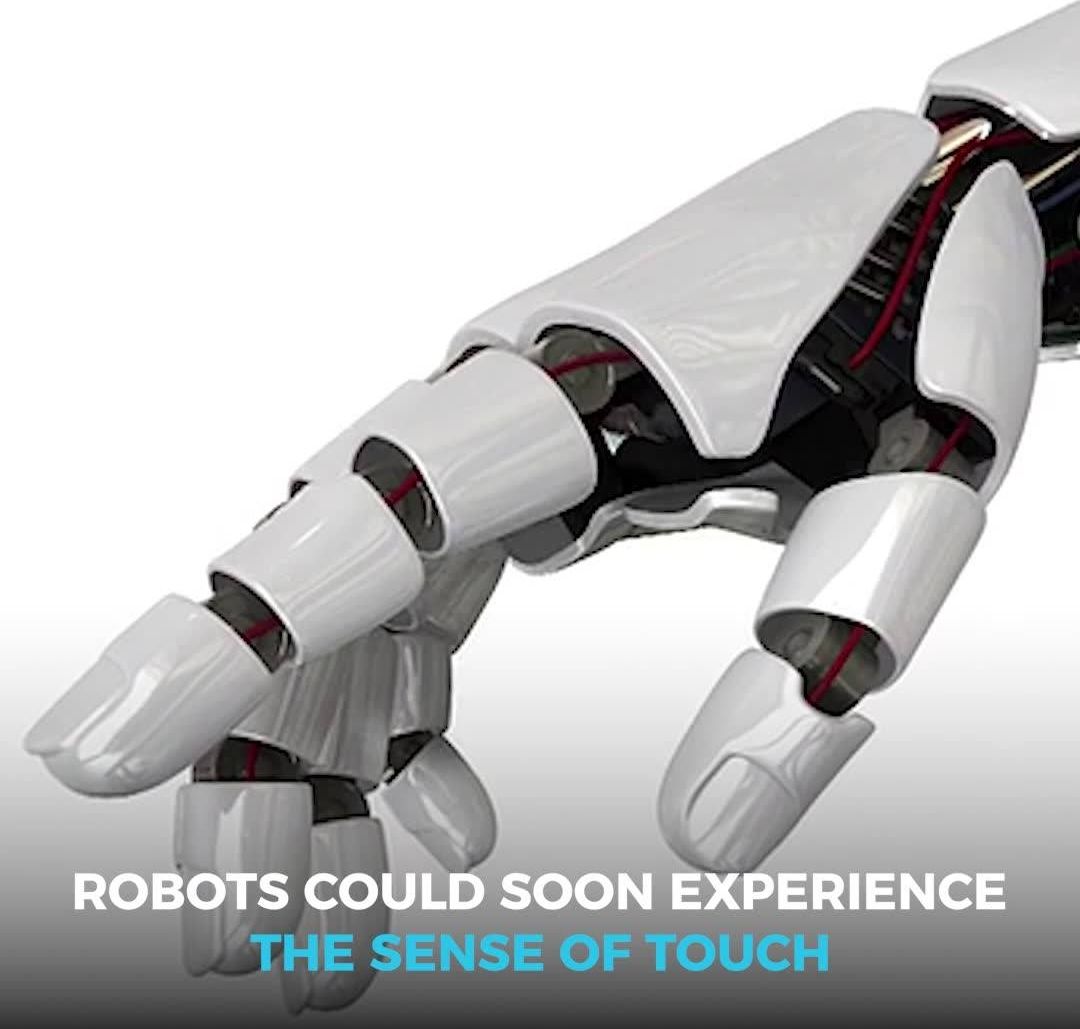Oct 9, 2017
Auriens: Today I’m usually the oldest in the room by about 15 years
Posted by Derick Lee in category: physics
I don’t feel any different being 77 years old, though I know I’m not going to be here forever. On a day-to-day basis, I still write papers, solve physics problems and interact with other physicists. I may be the only one in the world that doesn’t know that I’m senile, but I continue to contribute to physics. The principle thing is that I am still having fun.
The next act: Life stories | A taste for life.

